Do you remember the industrial revolution? We read it, studied it, learned it (we hope) at school. And while the history professor told it to us, we marveled at the images of the time. Drawings, paintings, photographs… Ancient documents that described – and still describe – a period of decisive economic and social changes. A fundamental step that has brought us here today, in the age of digital and technology.
Looking back we are all well aware of this evolution. In short, the differences compared to the nineteenth century are evident, evident, visible.
Yet there is still a part of us who think that today’s factories are the same as those of two centuries ago. Or even just 40 or 50 years ago. In fact, we often miss a fundamental point: innovation affects all sectors, all areas, all human beings.
This reflection, which I share with you on these virtual pages, I did a few days ago, leaving the factory in ABB and Dalmine.
After a few hours spent inside, I couldn’t get over one thing. Why ABB struggles to find technicians and engineers despite having created a modern, technological work environment that respects the needs and well-being of its employees?
And so, talking to some colleagues and some managers of the company, we wondered if the problem was not linked to that ancient vision of factories, those with exposed bricks, unsafe beams, grease everywhere and the lack of attention to safety.
A representation undoubtedly far from the reality of the facts.
That’s why I would like to tell you today what the ABB site in Dalmine actually looks like.
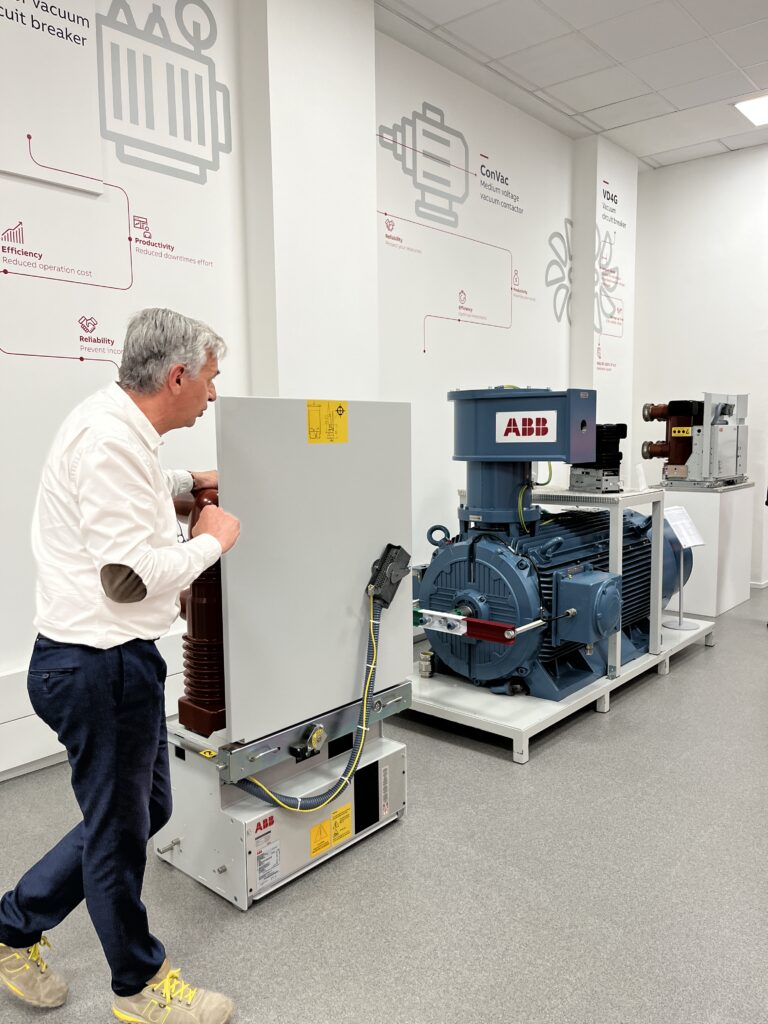
Who is ABB?
First of all, let’s take a step back.
Who is ABB?
ABB was born in 1988 from the merger of two important European industrial companies: the Swedish ASEA, founded in 1883, and the Swiss Brown Boveri, founded in 1891.
In Italy, the ABB Group has collected over the years the experiences and skills of well-known brands in the national electromechanical sector. We are talking about Ercole Marelli, SACE, IEL, Ansaldo Trasformatori and Elsag Bailey.
So what is ABB? Today is a world-leading technology company that energizes the transformation of society and industry. Lo fa attraverso quattro Business Area: Process Automation, Motion, Robotics & Discrete Automation e Electrification.
At this moment we are interested in the very last one, Electrificationthe business unit that deals with electrical products and solutions, which operates in more than 100 countries, with over 200 production sites, and which is committed to design and supply safe, intelligent and sustainable electrification solutions.
The ABB site in Dalmine
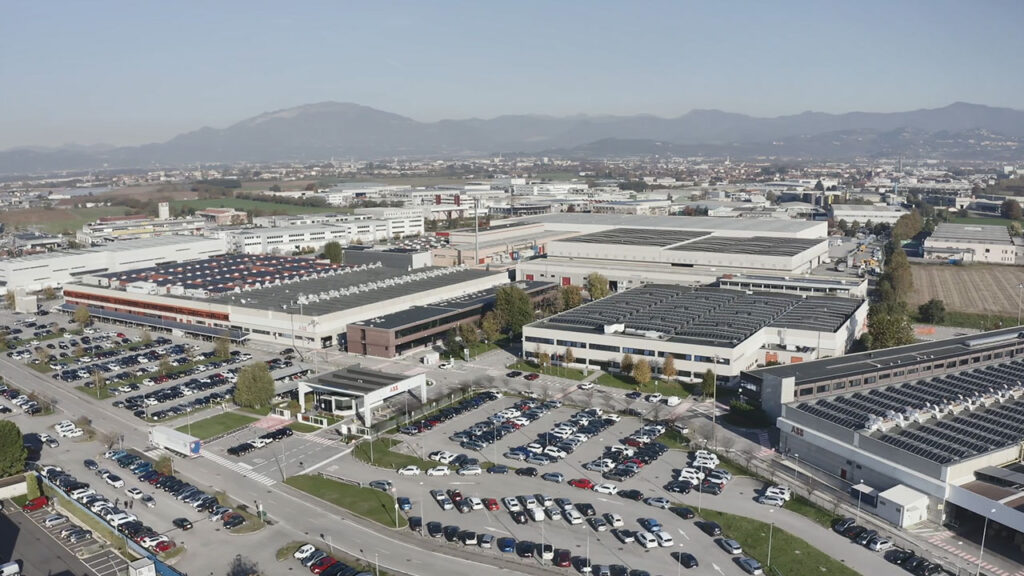
The ABB site in Dalmine is dedicated to the production of medium voltage switches and switchboards. A huge place – 45,000 square meters – teeming with life and which was built in 1979.
Yes, you read that right: ’79.
So what could possibly be modern considering these buildings are over 40 years old?
All.
Mission To Zero: ABB Tip All “Carbon Neutrality”
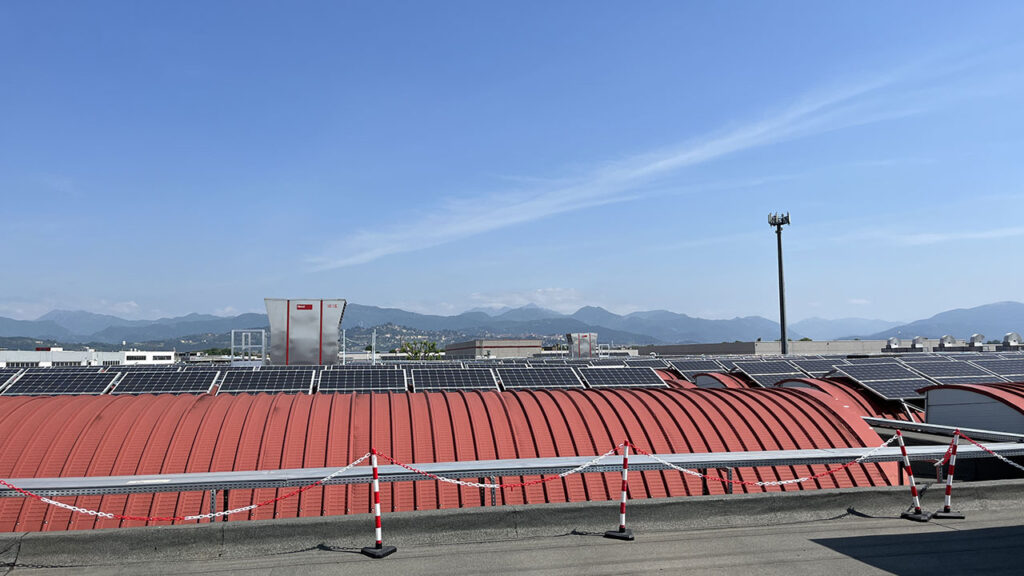 Solar panels on the roof of ABB Dalmine
Solar panels on the roof of ABB Dalmine
In the last few years ABB has undertaken to allow the Dalmine site to achieve the status of Mission To Zero.
What does it mean?
Basically the company has made millionaire investments to have a low-emission production site that can also be replicated by customers and partners, with the aim of achieving the “carbon neutrality” of all activities by 2030.
What the heck is there CARBON NEUTRALITY?
Carbon neutrality – or carbon neutrality – is achieving a balance between emissions and carbon uptake. According to the plan established by the Green Deal, the European Union aspires to become the first continent to remove at least as much CO2 from the atmosphere as it produces by 2050. With an intermediate step: reducing emissions by 55% by 2030.
How does all this translate into reality?
First of all the Dalmine site is powered 100% by green energy, produced from renewable sources certified by Enel Green Power.
Then there are 4,000 square meters of photovoltaic panels which generate a peak power of 900 kWp, responding to about 20% of the factory’s energy needs and helping to balance the peak demand of the air conditioning system during the summer months.
ABB also installed 70 different sensors, connected to the ABB Ability Energy and Asset Manager platform, so by monitor consumption and identify any inefficiencies. This allows the company to intervene promptly whenever a critical factor is identified. For example, outdoor lighting now uses high-efficiency LED lamps, which has led to a reduction in energy consumption by 76,000 kWh per year.
All this saved energy was diverted and used for another activity: charging of electric vehicles. In fact, the plant’s car park includes two columns for quick recharging and a series of 22 kWh columns that can be freely exploited by employees who have decided to buy an electric car or by those who use company cars. Because yes, ABB’s fleet also consists of electric vehicles, with all the intention of eliminating other forms of nutrition as soon as possible.
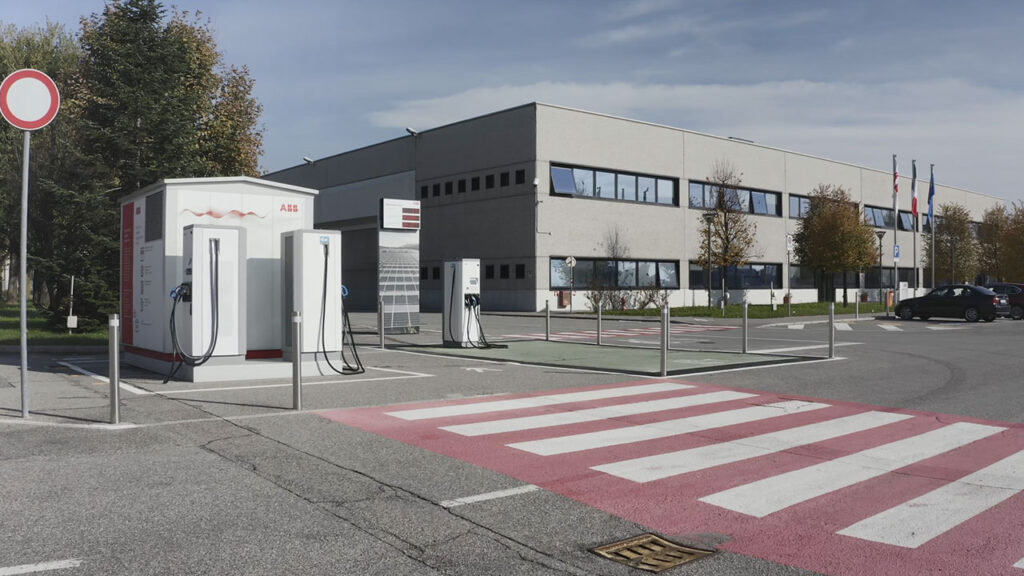
But that’s not all. The company has a team dedicated to the sustainability of the site’s products which analyzes and certifies them by providing the Life Cycle Assement (LCA) and environmental product declarations (EPD). Furthermore, there is great attention to separate collection and even to containers that are used for the transport of goods, with plastic ones that have been replaced by those made from recycled and / or washable materials.
All these interventions have allowed ABB Dalmine to reduce CO2 emissions by approximately 2,200 tons in the last two years. Virtually the equivalent of the emissions generated by a car traveling 360 laps around the Earth along the equator.
Sustainability is not just environmental
However, environmental sustainability is only one of the elements that helps ABB to be a pole of excellence and a beacon for other companies in the area.
It is just one of the things that engineers and technicians should evaluate this company for.
We spent several hours inside the Dalmine site.
We touched the charging stations of electric cars with our own hands, went up to the roof to see the solar panels with our eyes, went into the factory and followed the production process.
On all these occasions we have noticed special attention to ABB employees. Even in the little things.
Workers are incentivized to use il car pooling, that is to share the car to get to and from work; they can rely on progetto Workplace Health Promotion for the promotion of good health practices, such as proper nutrition and combating smoking. And the factory is full of transparent panels that allow you to see what actually happens during production. An attractive solution for both employees and visitors.
There is also a tendency to empower peopleto make them autonomous and endowed with decision-making power.
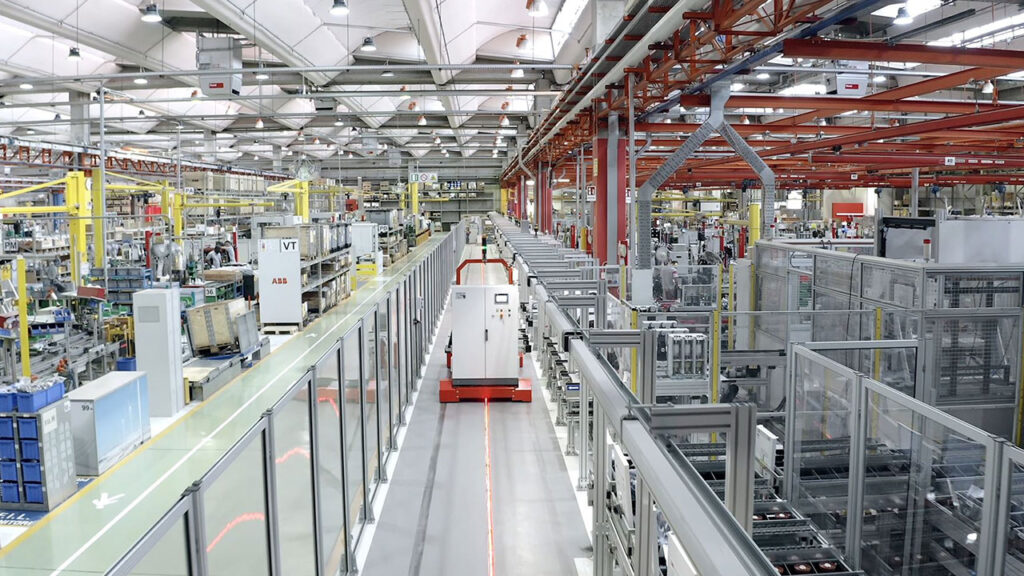
“We want our employees to feel part of ABB’s future, supporting the sustainability strategy and more; this is why we are committed to offering a work environment that is attentive to their needs and transversal training plans that cover both the soft skills and the specific technical skills of the role held “, he explains Massimiliano CallioniDirector of the Dalmine production unit.
And then it naturally points to social progress, with collaborations with companies and with the educational system of the territory.
There is still a way to go, this is true. But this is where i come into play young talents, who can bring new ideas and new approaches to a company that is certainly ready to listen and to evolve.






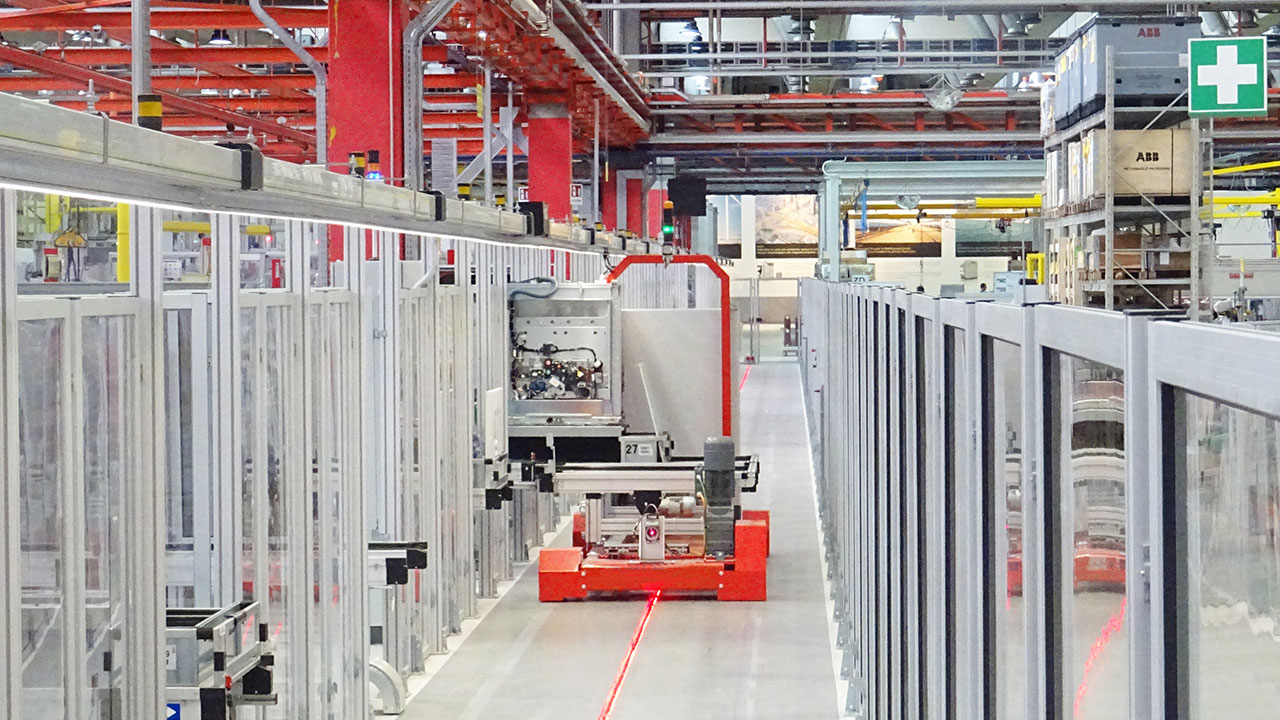








Leave a Reply
View Comments